Since moving to Tokyo in October 2023, I’ve been diving deep into tea ceremony even in my sightseeing activities. Back in Europe, everything related to tea ceremony and matcha had to be imported from Japan. One of the things I was looking forward to was visiting all the shops, museum, and tea locations I could find and sharing them with tea friends.
If you are interested in tea or just curious about what Japan has to offer in terms of traditional arts, this is for you!
This list will be updated as I visit new places so feel free to bookmark and check back frequently!
Tea houses
1. Te Hong
Te Hong, located in Minami-Aoyama, close to Nezu Museum, offers a variety of Japanese and Chinese teas with traditional sweets that are prepared in the shop as well. Of course, I had to try the matcha first: There are three varieties to choose from, ranging in price from 1500 to 3000 yen. I went with the shopkeeper’s recommendation, the mellow chōan 長安. It was served in a hagi ware tea bowl, with mizu yōkan that was extremely soft but also firm and not to sweet—the perfect refreshment on a hot summer day.
While Te Hong is a tea house first and foremost, they also sell a few tea utensils at the usual high prices. It’s worth visiting for the ambience and the décor alone.
Closest subway station: Omotesandō
Shops for tea utensils
2. Hoeido
Hōeidō 宝永堂 in Machida is probably the largest tea utensil store in Japan. Don’t be fooled by the jewellery and fancy eyewear on the first floor—the second and third floors are all tea ceremony, with the second being the main shop floor and the third serving as a gallery for the most high-end items. If you want something specific but not too rare that’s not available online or if you have the cash to splurge, Hōeidō is your go-to. Shop attendants are as friendly, knowledgeable and helpful as you would expect from a high-end shopping experience.
If you live in Japan, you can subscribe to their monthly newsletter, a brochure advertising latest arrivals and sales.
Closest subway station: Machida
3. Hanazono Shrine Flea Market
The flea market at Hanazono Shrine in Shinjuku takes place every Sunday, weather permitting. Your best bet is to check its X account on the day. There is no official closing time but vendors usually pack up around 3 to 4pm so I would advise coming no later than 3. If you arrive in the afternoon, you might miss out on highlights but vendors are more willing to lower prices if you show some interest.
As it is a flea market, the selection varies but I’ve found hanging scrolls, tea bowls (priced between 500 to 3,000 yen), kettles, and other ceramic and lacquer ware. My most recent find was a beautiful mid-sized iron kettle for 6,000 yen.
Closest subway station: Shinjuku San-chōme
4. Rakuzan
Rakuzan 楽山 in Kagurazaka is a tea shop with a staggering variety of both Eastern and Western teas plus everything you need to prepare a cup. I found a reasonably priced selection of simple but pretty tea bowls, some iron kettles and a smattering of small tea utensils (scoops, whisks, tea caddies). The shop attendant was nice and chatted with me about how to properly care for iron kettles for at least ten minutes.
Closest subway station: Kagurazaka
5. Online
With the exception of Hōeidō, tea shops in Tokyo offer an eclectic selection at best—they’re fun for browsing but not the best if you’re looking for something specific or rare.
In those cases, I usually use the Tankōsha Onlineshop—they offer a wide variety of Urasenke tea equipment and related books—or Yahoo Auctions. The latter is an amazing resource for finding affordable tea utensils in Japan. Many auctions close on Sunday evenings, making it easy to plan your shopping.
Shops for traditional sweets
6. Baikatei
Baikatei 梅花亭, located just down the street from Rakuzan (see shops for tea utensils) in Kagurazaka, has a great selection of seasonal omogashi as well as higashi. If it weren’t so far away, this is where I would buy all my traditional sweets for tea gatherings, omiyage etc.
Judging from the website, they also offer regular cooking workshops followed by tea tastings (only in Japanese).
Closest subway station: Kagurazaka
7. Mizuno
Mizuno みずの, located on Jizō-dōri shopping street1 in Sugamo, is famous for its shio daifuku (daifuku are pounded rice cakes filled with sweet bean paste, this one has salt in it too) but sells other traditional sweets too.
I first visited it with a friend who lives nearby and really want to go back and explore the area some more. Many neighbourhoods probably have little traditional sweet shops like this one.
Closest subway station: Sugamo
8. Pop-up vendors
In Japan, you often find temporary vendors around large to mid-sized subway stations, selling everything from clothing to accessories to healthy supplements. Some sell seasonal sweets like dango, ichigo daifuku, or flavoured mochi. It’s always worth keeping an eye out for them and getting some fresh sweets to go!
Museums & Other
9. Seikado Bunko Art Museum
Seikadō Bunko Art Museum, located next to the Imperial Palace in Marunouchi, offers changing exhibitions every few months, some of which are related to tea ceremony. The exhibition from September to November 2024 was centered entirely around high-class tea utensils, displaying among other treasures one of only three remaining yōhen tenmoku tea bowls. Rare for an art museum, photography was allowed in all areas but one.
Closest subway station: Nijūbashimae
10. Nezu Museum
Nezu Museum, located close to Te Hong in Minami-Aoyama, is an art history museum with a large Japanese garden. Apart from its impressive collection of pre-modern Asian art, it also features a small permanent exhibition on a tea gathering hosted by the museum’s namesake Nezu Kaichirō (1860-1940). The large garden has several traditional tea huts that can be admired from afar and the café is worth visiting for its yuzu tea.
Closest subway station: Omotesandō
11. Kyukyodo
Kyūkyodō 鳩居堂, located in Ginza (right in front of the subway station exit A7), is the go-to incense shop in Tokyo. Skip the stationery and head up to the second floor to browse the wide selection of incense and related equipment. Kyūkyodō is where my tea teacher buys the expensive sandalwood incense used for tea ceremony. It’s also where I buy reasonably priced ordinary incense sticks for my apartment.
Closest subway station: Ginza (exit A7)
For now, these are all the spots I visited and recommend, although I still have a backlog of places to check out. Are you inspired to go out and explore now? Which spot would you like to visit the most? Let me know in the comments and share this article with a friend who likes tea!
Postscript
This is the first of several articles I’m writing on Japanese tea ceremony, diving deeper into the practice, utensils, its history in China and Japan etc. These will be collected in a new sub-newsletter titled Tea Almanack.
Thank you to everyone who expressed enthusiasm for this new project on Notes. You can expect a lot of traditional Japanese culture and history. If you haven’t seen it yet, I recently posted a sneak peak about visiting two museums with tea-related exhibits. I hope you’re as excited for this new direction as I am!
If you’re not interested in tea (hard to imagine but possible, I guess), you’re free to unsubscribe from the new sub-newsletter with no hard feelings.
Affectionately called Granny’s Harajuku, this street is located on the former Nakasendō road that allowed travel to Kyōto during the Edo period (1603-1868).



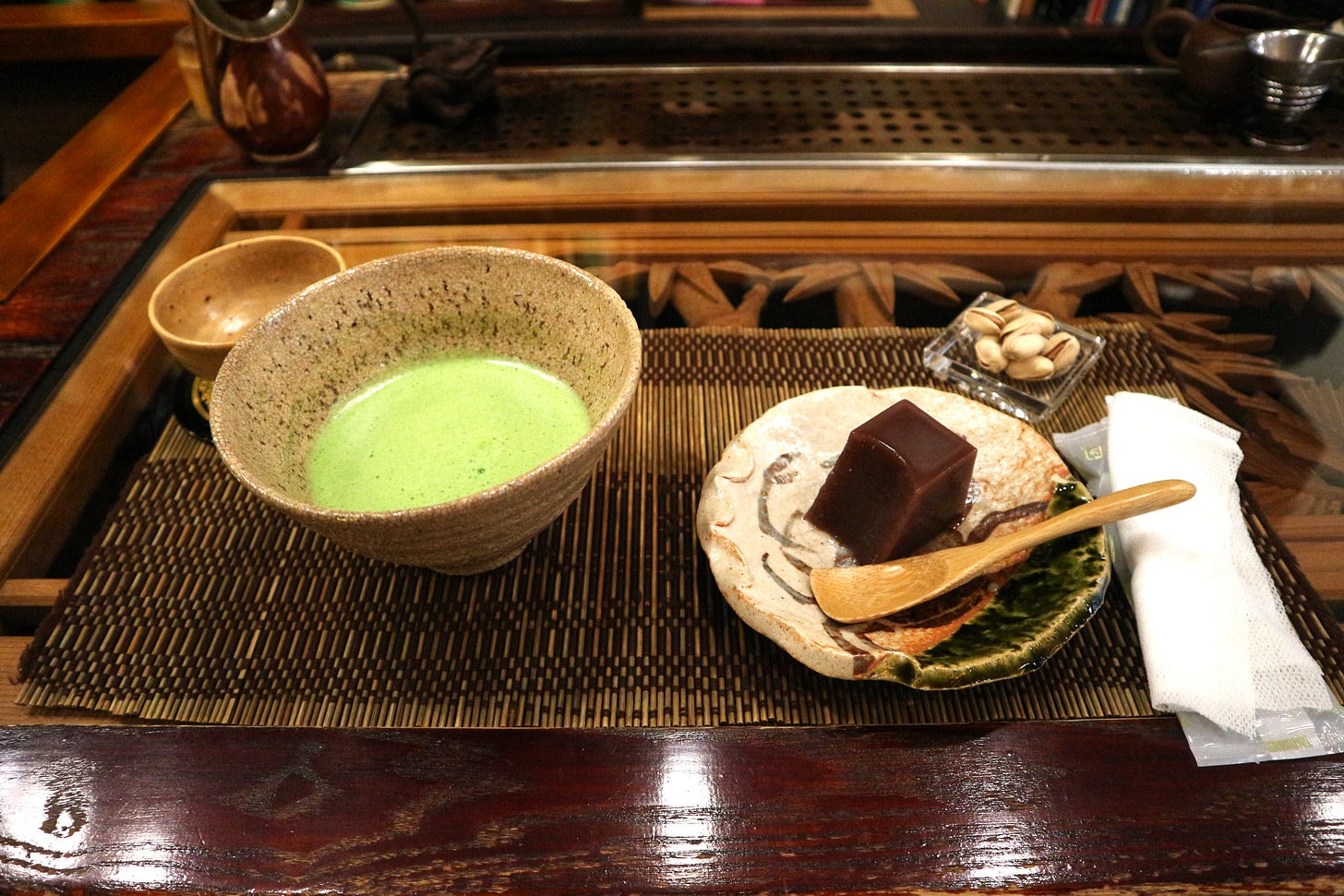
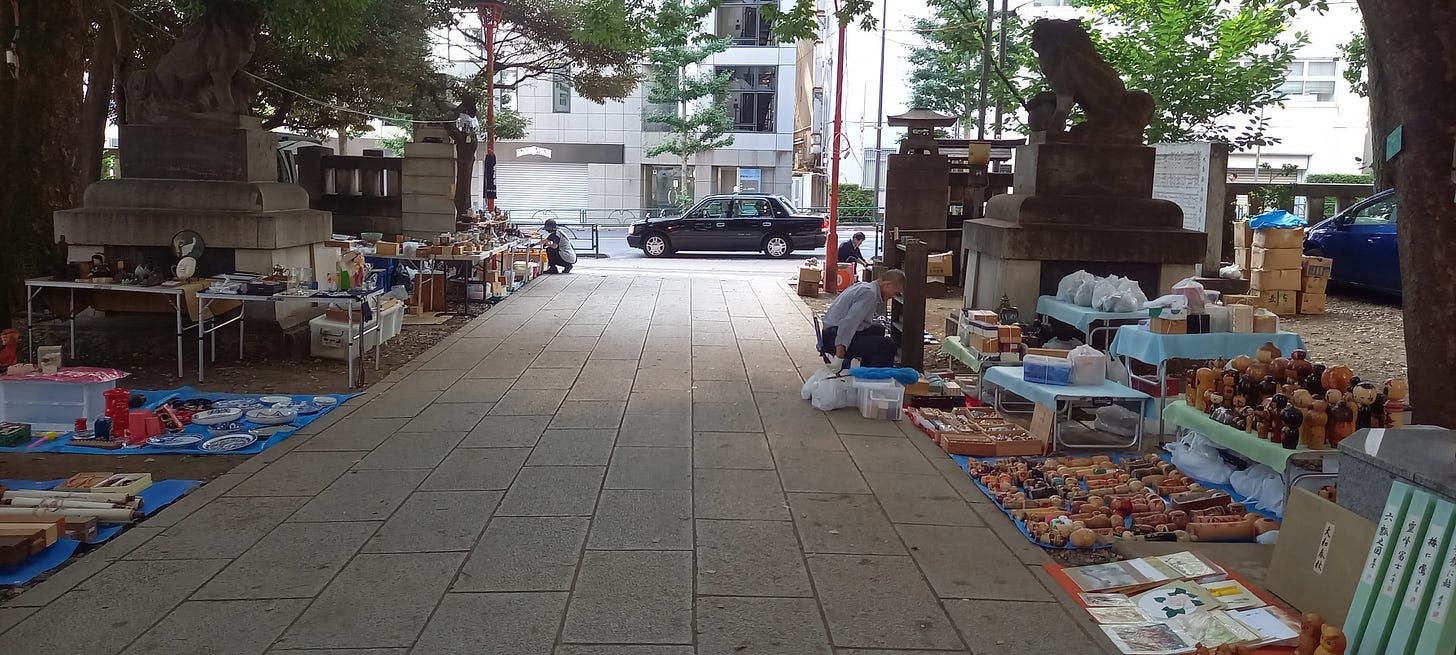
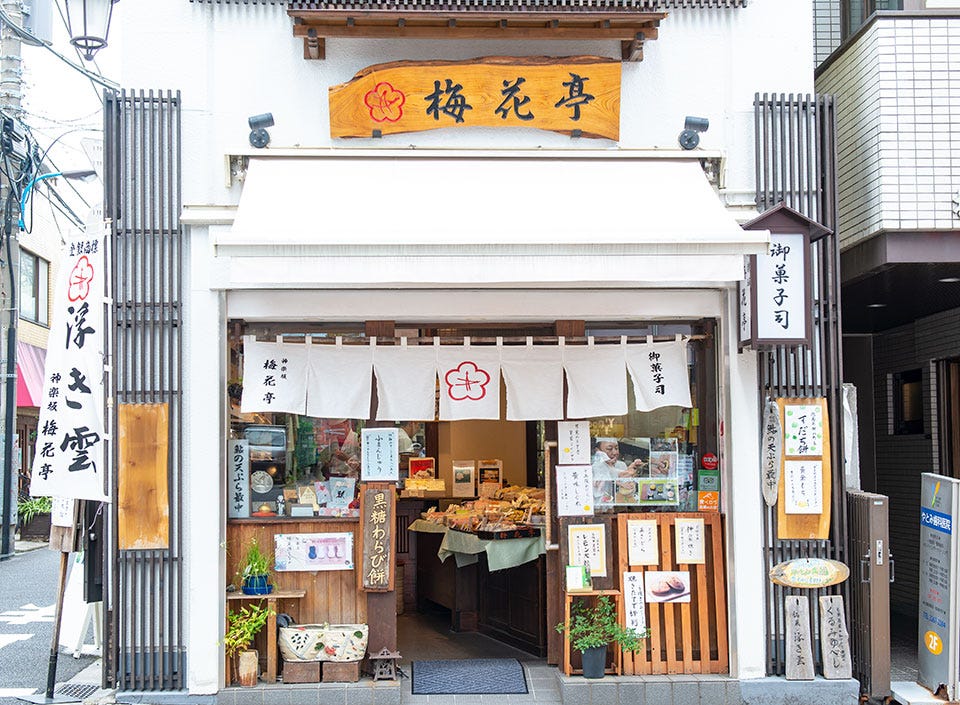
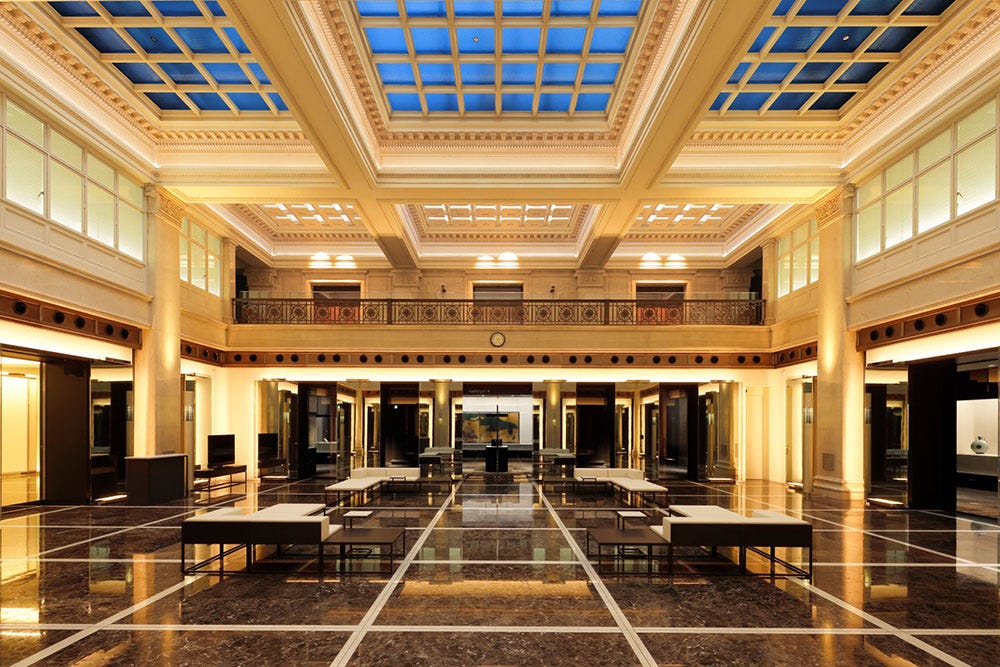
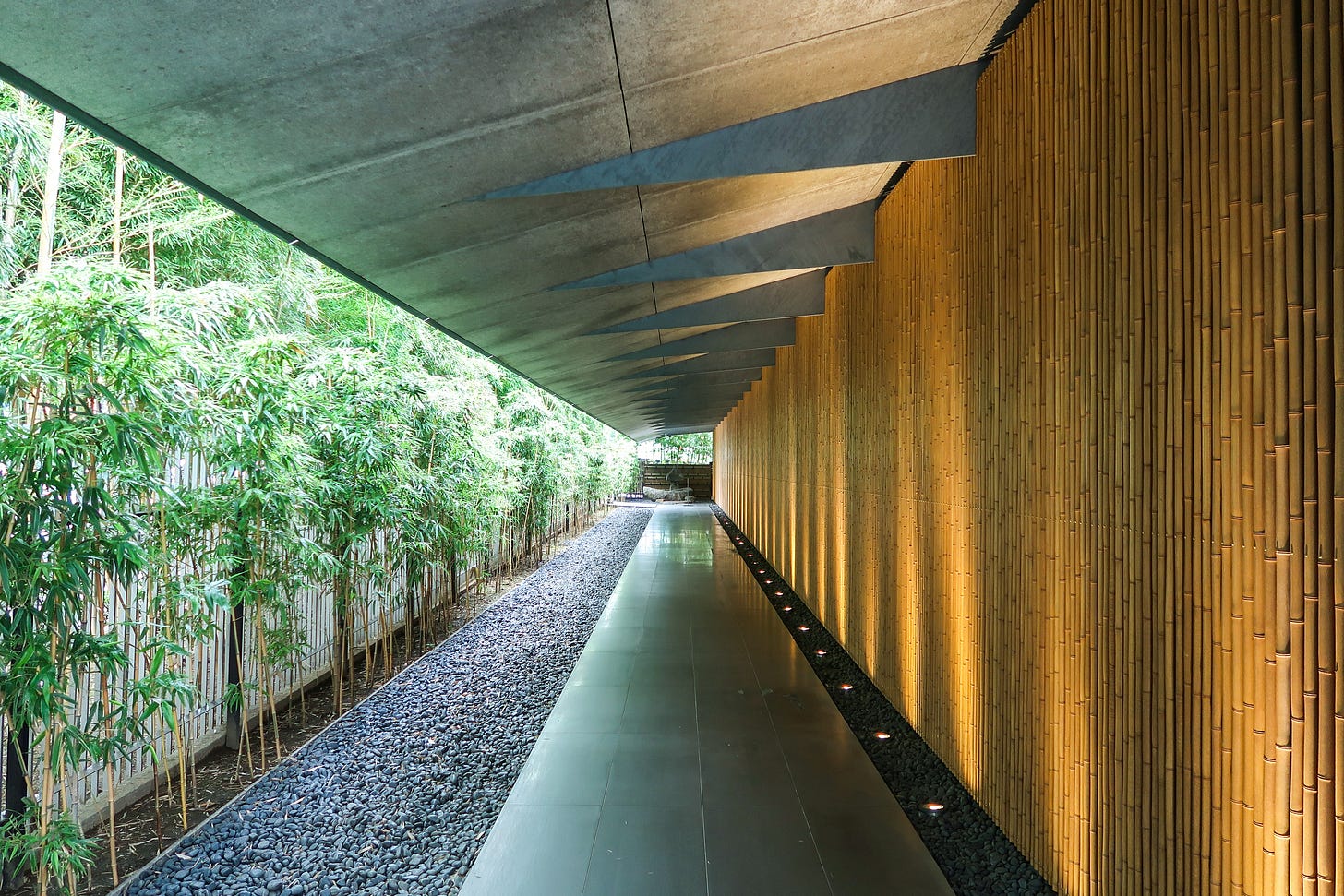
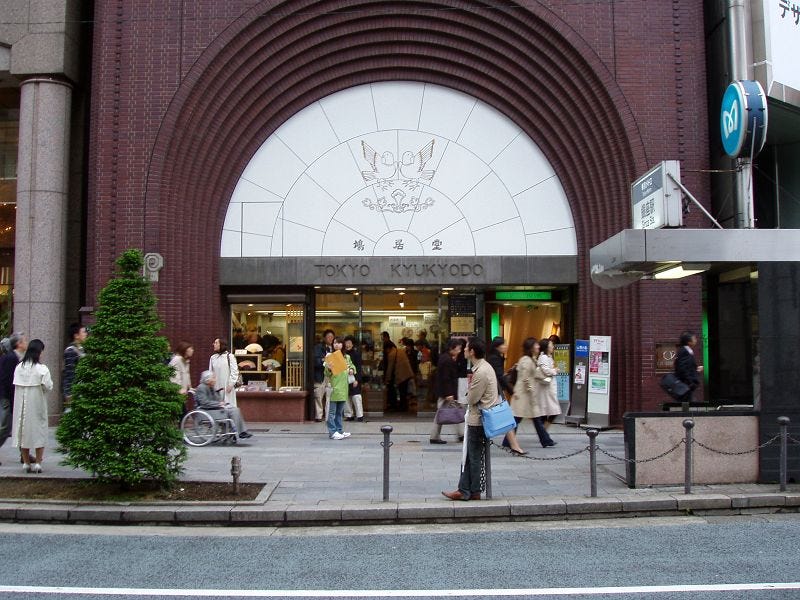
This would have been great to read before my visit to Tokyo back in 2019 ;)
Good to have it as a reference. I didn't get to enjoy a tea ceremony whilst in Japan last time, but it's certainly something I'd like to do on my next visit.
Great little guide. We have yet to visit Japan, but a tea ceremony is definitely on the list when we do!